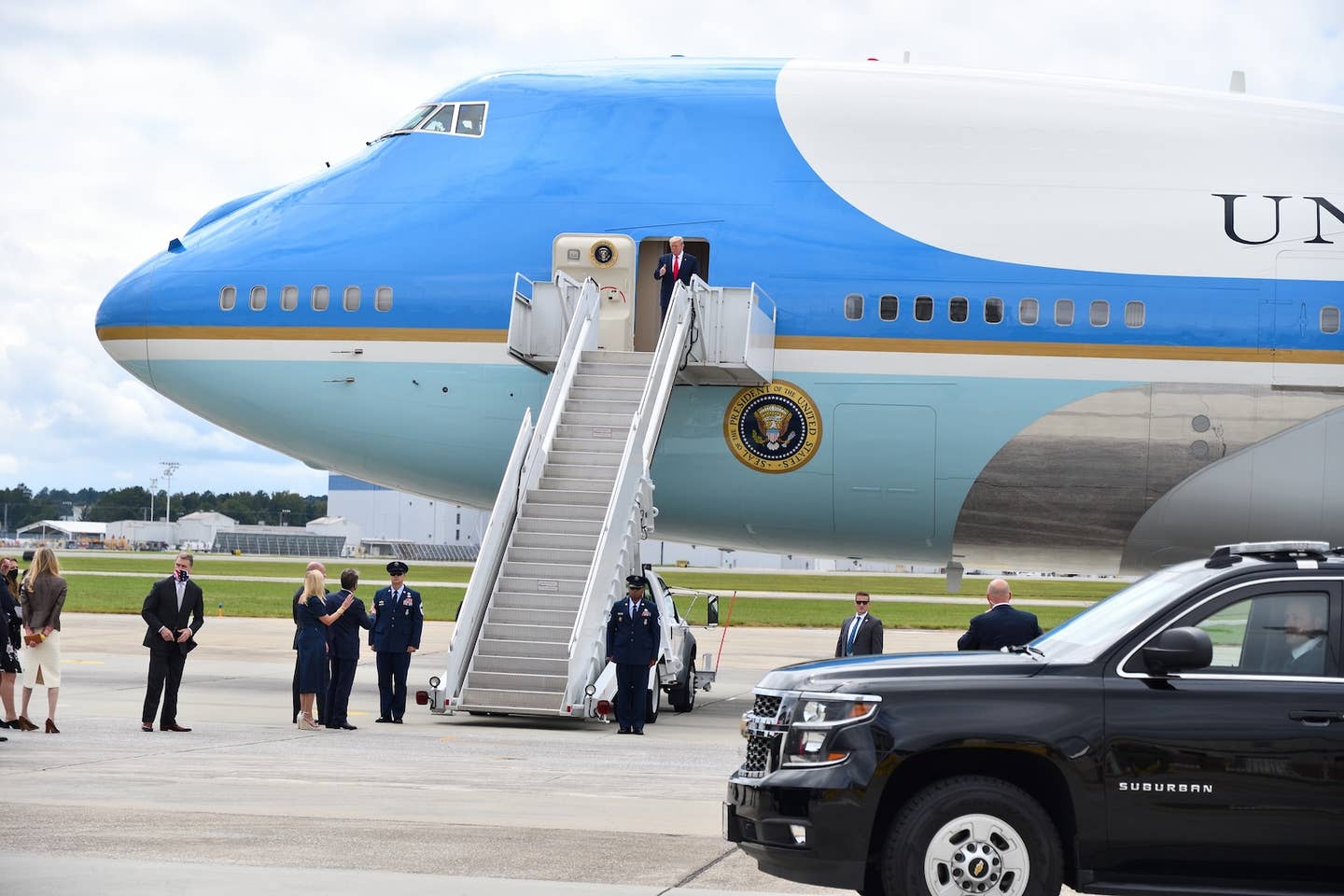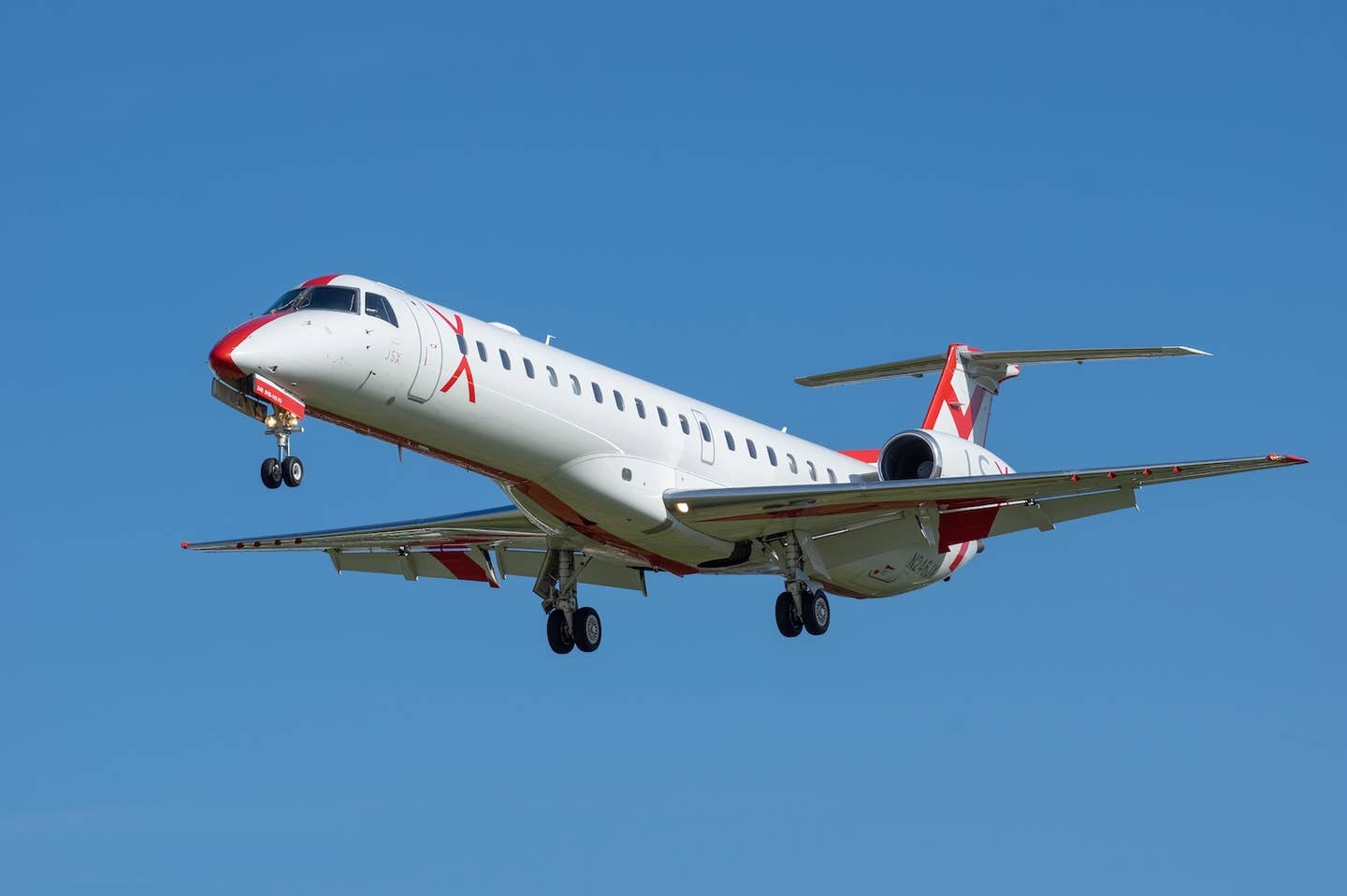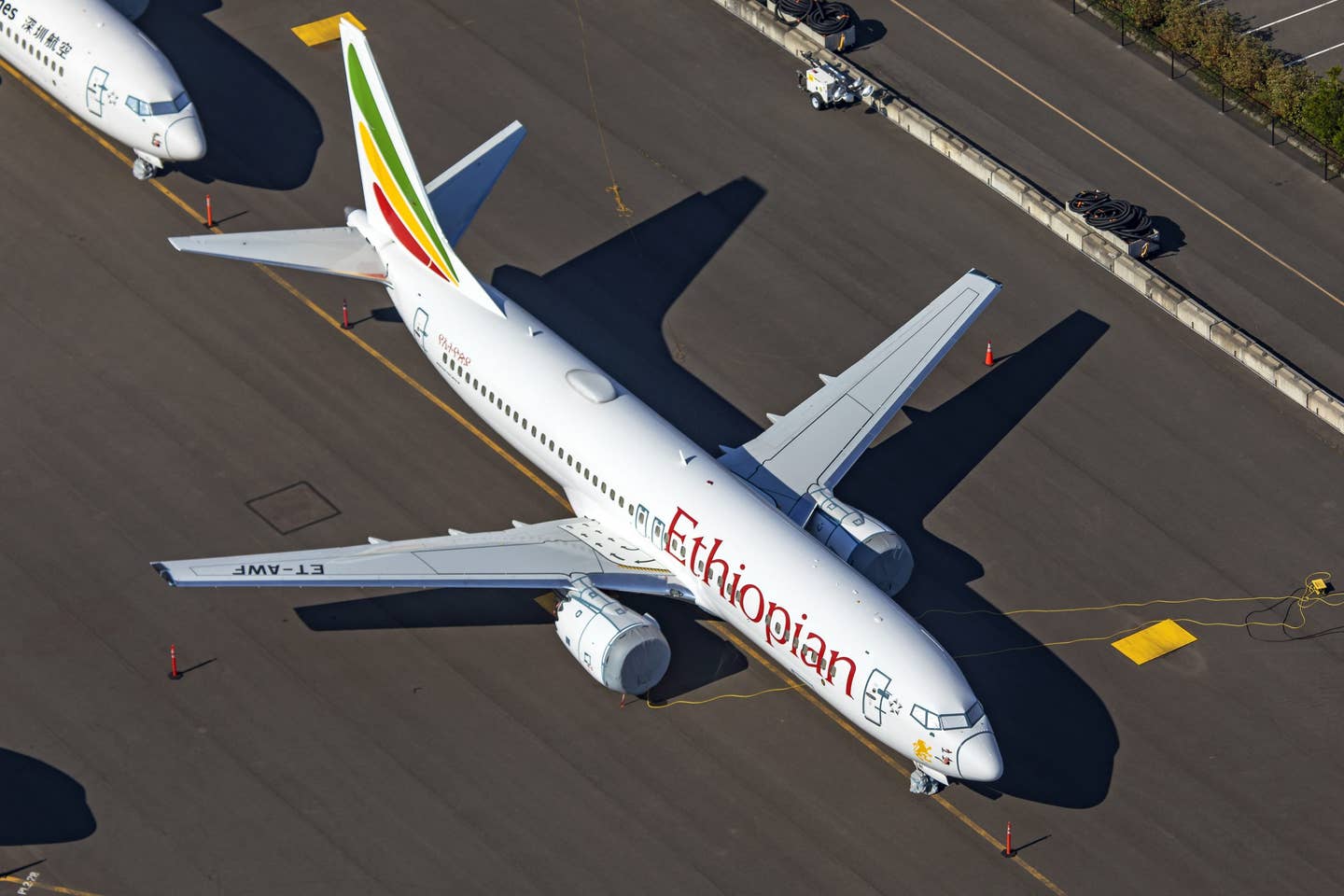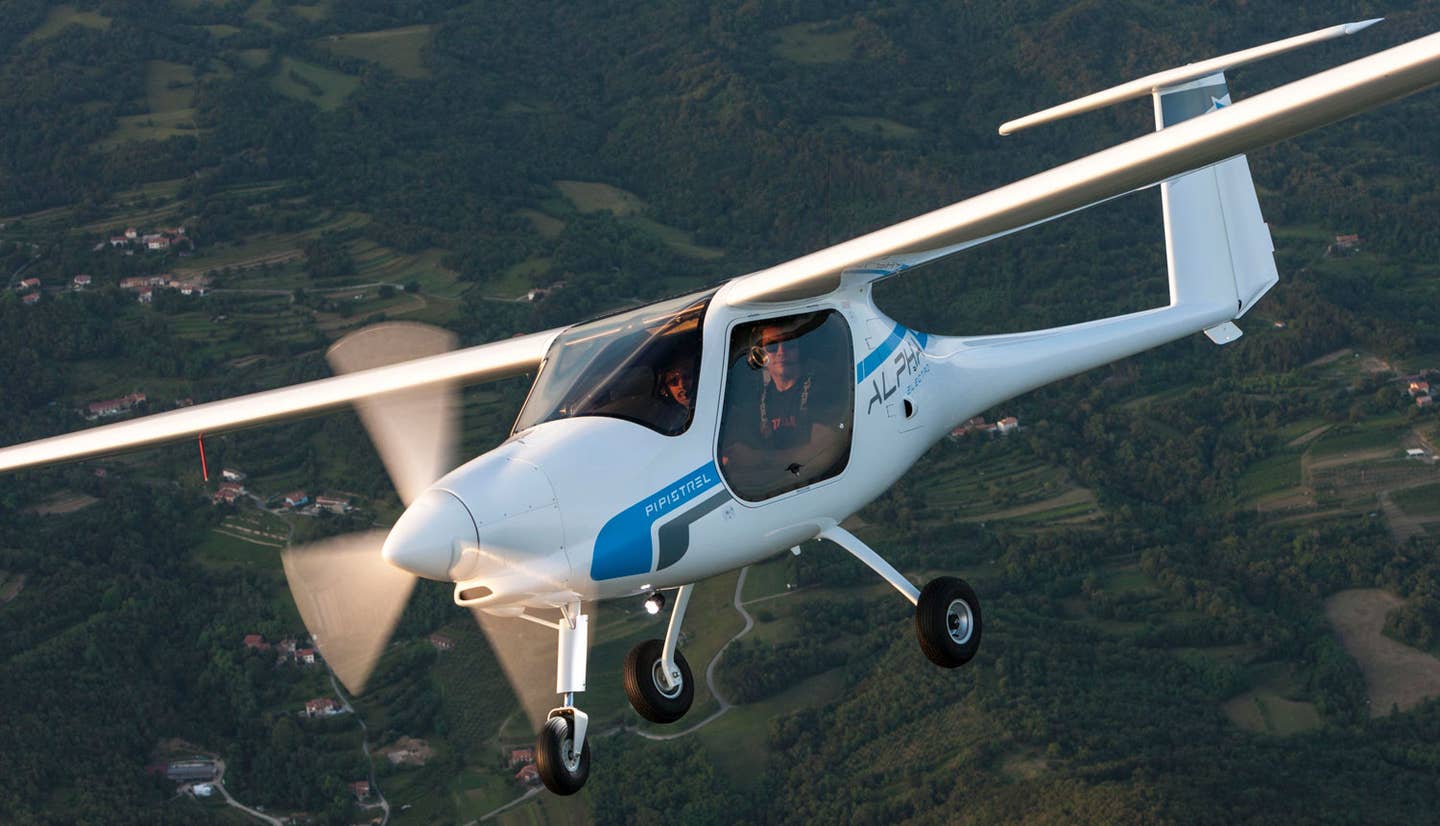How to Become an Aerial Firefighter
Aerial firefighting pilots work in dynamic environments to carry out challenging but important missions.
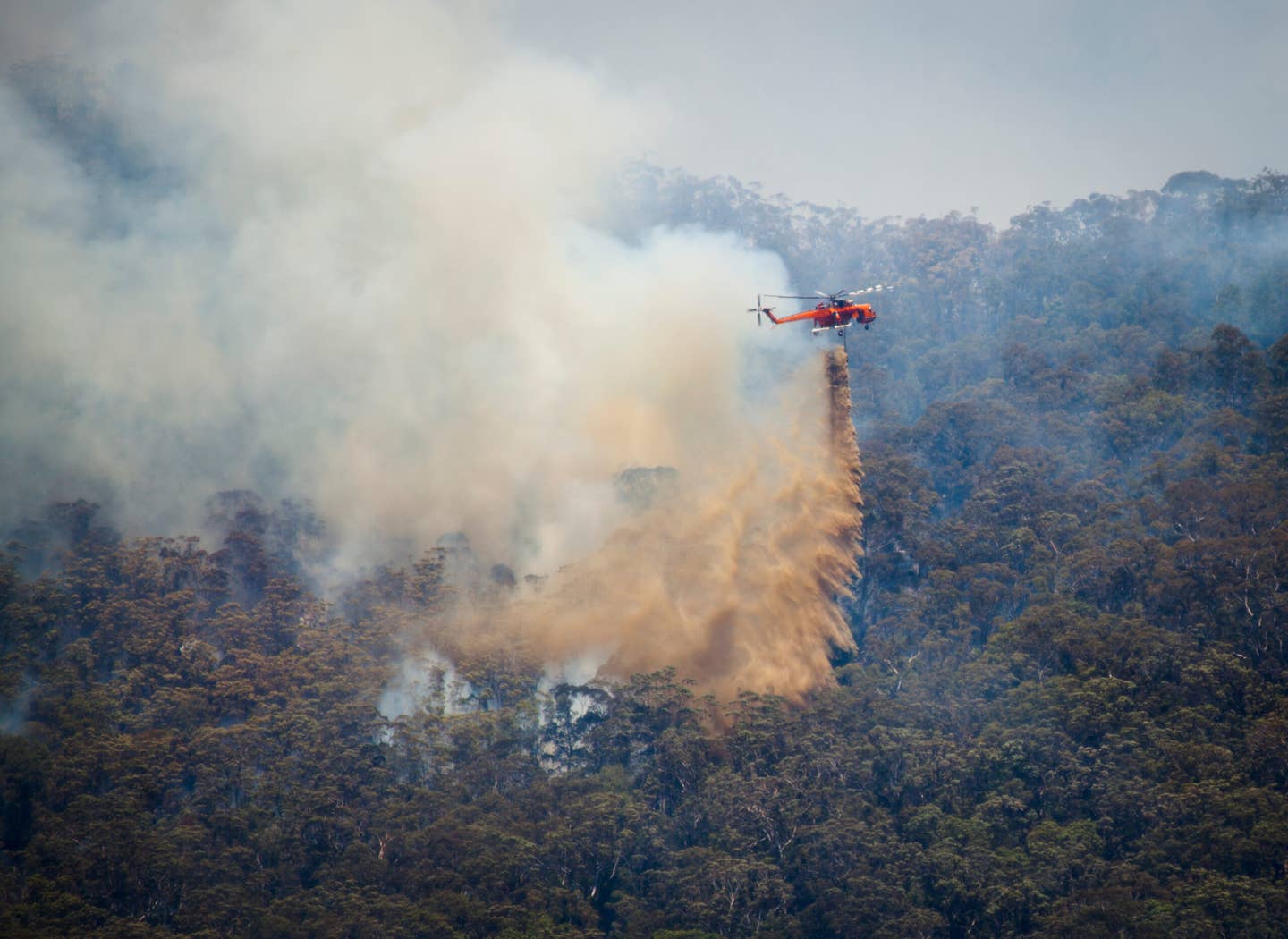
[File image: Adobe Stock]
Wildfires are extremely dangerous and have devastating impacts on communities. Large wildfires have become increasingly common in recent years, leading to a greater demand for firefighting resources.
Aircraft play an important role when it comes to wildfire suppression. Their ability to view a fire from the air and drop water or fire retardant is a major asset during firefighting efforts.
The pilots operating these aircraft therefore have a challenging yet rewarding mission. Here is what you need to know about being an aerial firefighter.
What Does an Aerial Firefighter Do?
Aerial firefighters are the professional pilots who fly the aircraft involved in fighting wildfires. Their tasks can involve anything from surveying a region to transporting smokejumpers—firefighters who deploy via parachute—to a fire.
Perhaps the most well-known task of aerial firefighters is dropping water or fire retardant chemicals on an active fire. These can be dropped directly on a fire to suppress the flames or dropped around a fire to create a fireline to support ground firefighting efforts.
These pilots have extensive flight training and experience, particularly in low-level flying. Flying for an aerial firefighting service involves working in challenging environmental conditions and difficult terrain while performing a dynamic yet detail-oriented mission.
What Types of Aircraft Do Aerial Firefighters Fly?
There are multiple different types of aerial firefighting aircraft. Both planes and helicopters are used in wildfire suppression missions.
Air tankers carry and drop water or chemicals on wildfires or in the surrounding area. Many different types of aircraft are used as air tankers, ranging from single-engine aircraft like the Air Tractor AT-802 to large aircraft like the Lockheed C-130 and the McDonnell Douglas DC-10. Some air tankers—like the Canadair CL-415—are amphibious and can scoop water from lakes.
Air attack aircraft carry the individuals who are responsible for coordinating aerial firefighting efforts. These aircraft typically fly at higher altitudes than other air resources and do not have to constantly leave the area to reload. Many different types of planes and helicopters are used for this task.
Lead planes direct air tankers either through verbal instructions or by physically leading the tankers to their drop sites. They sometimes will release white smoke to provide a visual signal for air tanker pilots. Lead planes are usually smaller aircraft like the Beechcraft King Air 90.
Smokejumper aircraft transport smokejumpers and cargo to wildfire sites. These aircraft allow firefighters to reach remote areas and begin initial fire suppression efforts without having to spend time hiking into the site. Smokejumper aircraft include the Twin Otter and the CASA C-212, both of which are also commonly used for skydiving.
Steps to Becoming an Aerial Firefighter
Obtain the Necessary Licenses
Like all pilots, the first step in a flying career is to obtain a private pilot certificate. This license allows you to fly an airplane or helicopter recreationally. You will need to be at least 17 years old and have a FAA medical certificate to obtain a private pilot license.
The next step is to earn a commercial pilot certificate, which allows you to receive compensation for flying. With this license, you will be able to start your pilot career.
Some aerial firefighting jobs will require additional licenses and certifications. While there is no standard certification for aerial firefighting, many employers require their pilots to have a multi-engine rating and some employers require an airline pilot transport certificate. You will need to have a minimum of 1,500 flight hours to obtain this certification.
Build Your Flying Experience
Aerial firefighting is not an entry-level flying position. Job postings require significant flying experience, with minimum requirements usually being in the thousands of hours. Depending on the employer, you may also need to have experience flying at night, piloting multiengine aircraft, or flying in mountainous terrain.
Pilots will typically spend a few years building their hours and gaining experience, working in positions like flight instruction, air tours, or banner towing.
Another way to obtain the necessary licenses and flight time is to become a military pilot. After completing their required service, military pilots often transition into civilian flying jobs including aerial firefighting.
Meet Other Job-Specific Requirements
Some job postings will also have additional requirements like a valid driver’s license, willingness to relocate and travel, or being under a certain age. Companies that provide aerial firefighting services abroad will also typically require pilots to have a valid passport and the ability to obtain the necessary visas.
Apply to Aerial Firefighting Positions
Aerial firefighters can be employed by government agencies or private companies. The United States Forest Service has approximately 50 pilots. Some state and local governments also have their own aerial firefighting aircraft and pilots.
There are also many companies that hire aerial firefighters. These companies are typically contracted by government bodies to provide fire suppression services. Given the nature of aerial firefighting, some jobs are seasonal.
How Much Do Aerial Firefighters Get Paid?
United States Forest Service pilots fall between the G9 and G12 levels on the federal government’s pay scale, meaning that they make between $74,431 and $140,317 per year as of 2024. Public sector pilots are typically paid within this range.
The pay at private companies varies greatly depending on the employer, pilot’s qualifications and experience, as well as specific position. Some roles are paid by the hours while others are salaried. While pilots on the low end of the pay scale can expect to make between $50,000 and $100,000 per year, experienced captains can make hundreds of thousands of dollars annually.

Sign-up for newsletters & special offers!
Get the latest FLYING stories & special offers delivered directly to your inbox


